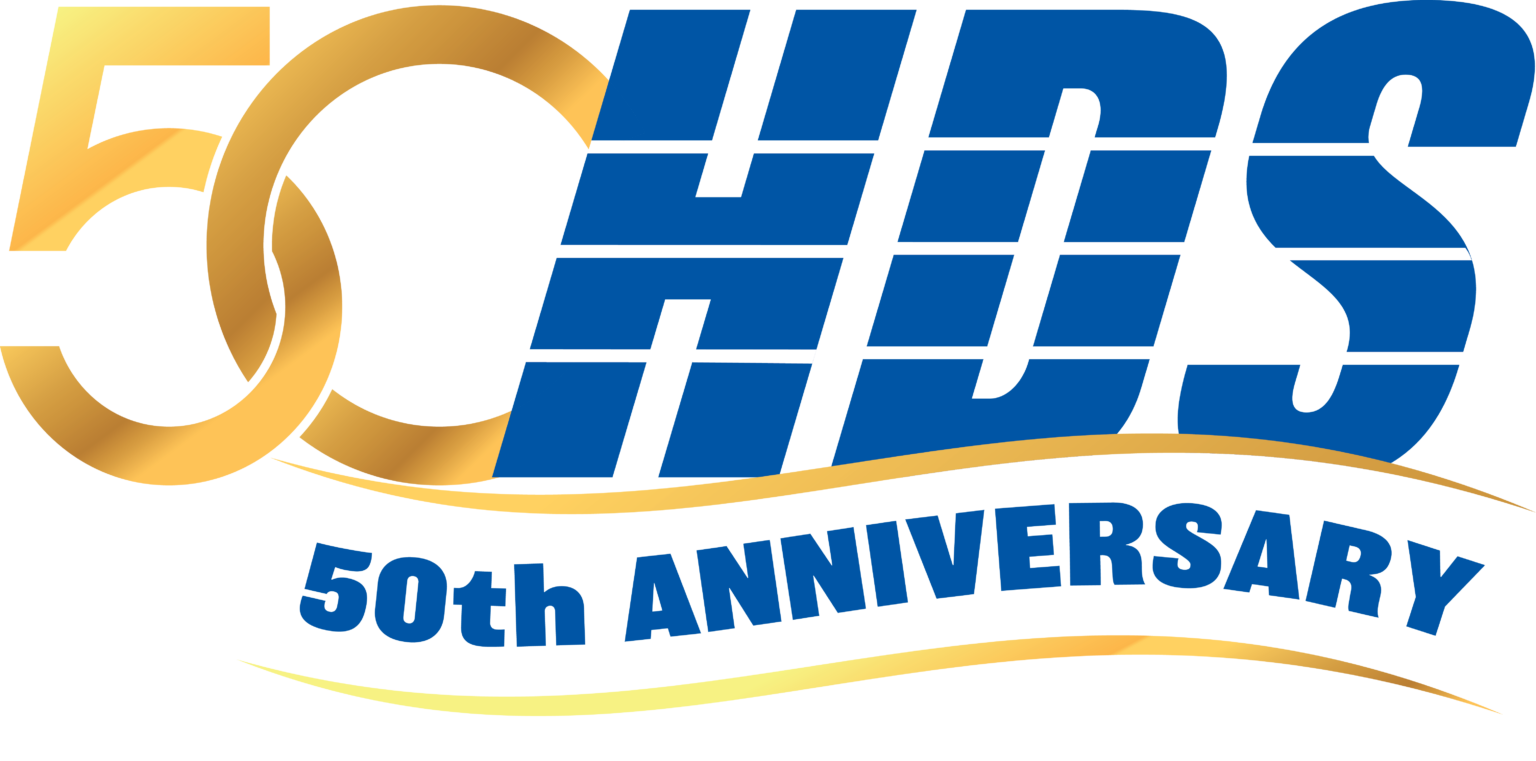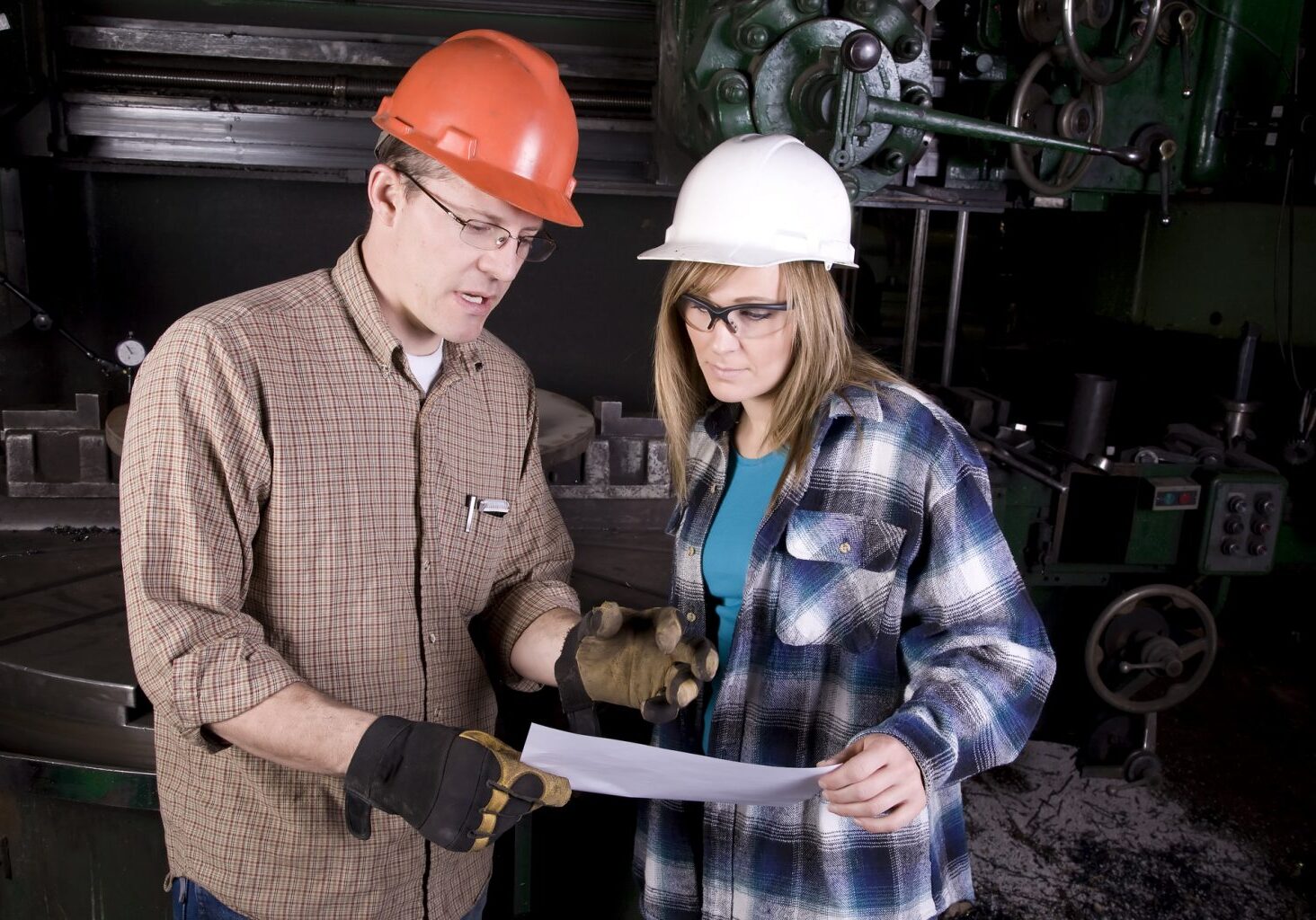Can Effective Preventive Maintenance Scheduling Reduce Downtime?
Industries often operate 24 hours per day to maximize production, which causes them to push machines to their limits. The rate of machine part failure is also increasing as a result. Demand has increased for preventive maintenance (PM), but it requires complex coordination with production, maintenance, and management departments. Below we will discuss the separation of machines into critical and non-critical groups to reduce downtime as well as technician workload.
What is Preventive Maintenance?
Doctors tend to say “prevention is better than cure.” The same strategy should be applied to maintenance in industrial environments to avoid the downtime that comes with equipment failure. Manufacturing data should be employed in implementing PM, as well as a detailed schedule to enhance production efficiency without incurring equipment failures or downtime.
Data Analysis for Preventive Maintenance
PM planning and scheduling should begin with analysis of past major downtime in which the machinery did not operate for two or more hours. In one example from the University Sains Malaysia, the PM schedule included 109 machines that needed to be rescheduled with only eight technicians charged with their maintenance. Data for machine downtime was collected and a complex cluster schedule was prepared. They tallied which months were the worst for machine downtime, and then examined that month specifically. In total, 13 machines broke down for more than two hours, the causes ranged from:
- Annual service
- Broken brackets and motor spoil
- Run time went over for an entrance cover
- Hanging screen function
- Non functioning roller
- Punch issue
- Pipe leak
They also analyzed the lengthiest problem and determined a plan for root cause analysis. This is where emphasis is placed on how maintenance is used to avoid machine downtime. It is a process that investigates the root cause of these events. Suggestions are then developed to solve the issue. For example, if a faulty gear in a machine causes major downtime, a schedule should be developed to check all gears on a regular basis.
Scheduling for Preventive Maintenance
It is important to prioritize critical machines when creating a schedule, which includes having spare parts on hand before issues arise. The schedule should have a clear timeline for periodic maintenance with each technician knowing his or her requirements for each machine.
Critical machines are classified as those that control production flow or that are considered bottleneck. They can also be highly susceptible to wear and tear and require constant inspection. Non-critical machines have a lower failure frequency attributed to their working nature. Both types of machines should be taken into account when creating a schedule, including any further classification of machines as needed by your industry.
Preventive Maintenance Results
Based on the above example, these solutions were found to be helpful:
- Critical machines should be given priority in preventive maintenance with work continuously carried out.
- Non-critical machines may be cut from weekly maintenance schedules in favor of monthly or quarterly. This makes best use of the technicians’ time.
They found preventive maintenance proved to reduce the rate of machine failure and ensure uninterrupted production.
To read the entire report, click here.
We at HDS are a fully qualified service center with experienced personnel trained in the most current rotating equipment maintenance, inspection, and repair techniques to help your operation perform at its best. Call us today to discuss your ongoing maintenance needs.
Share this post:



